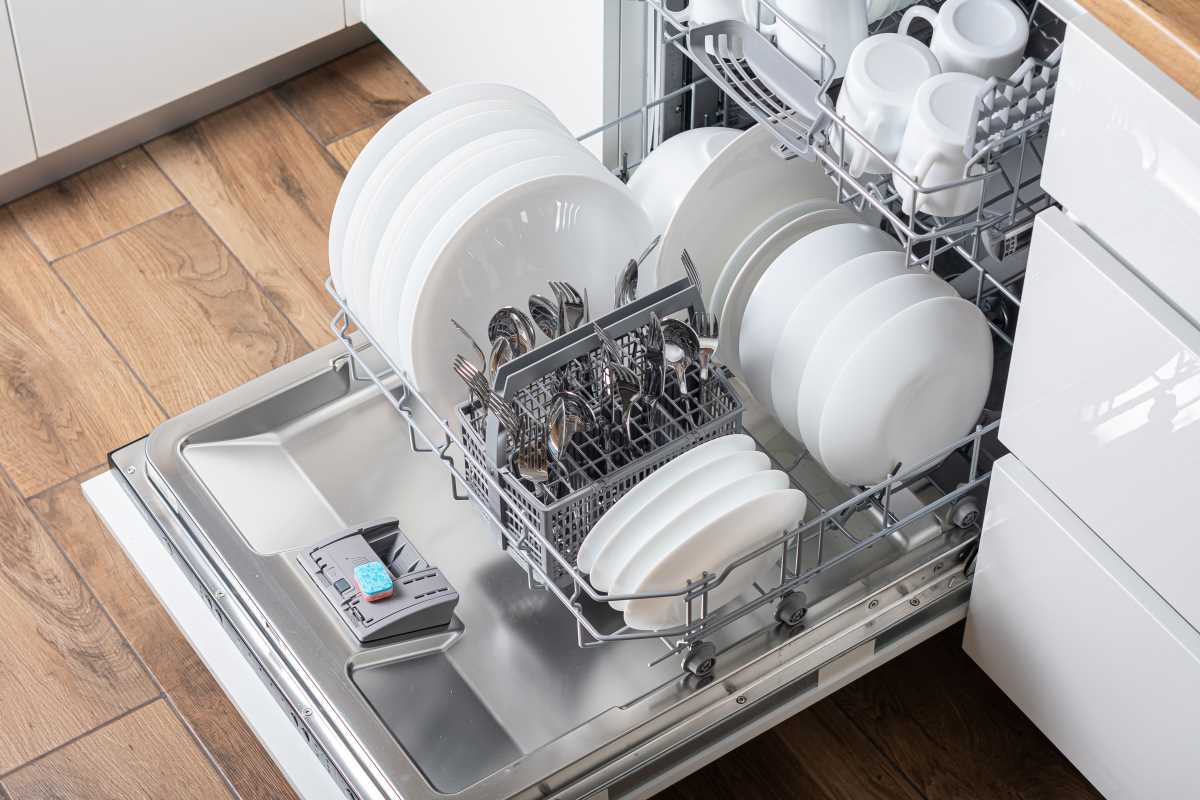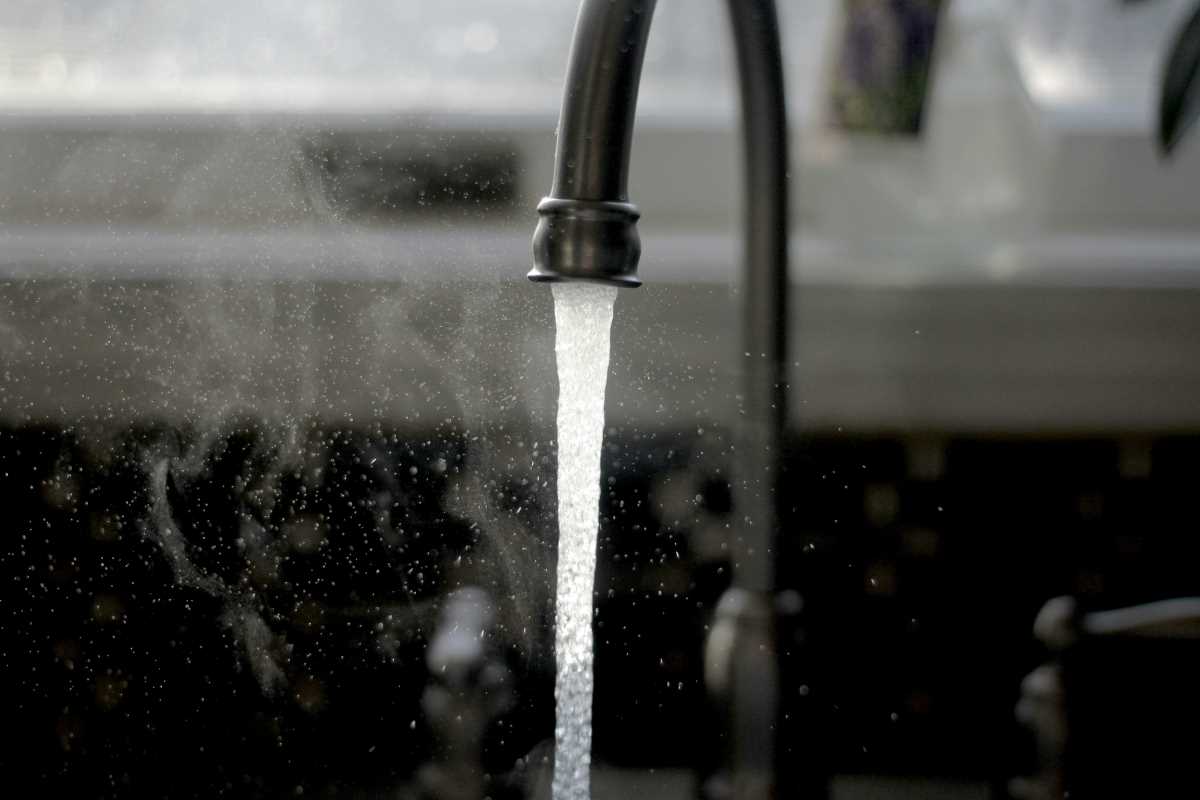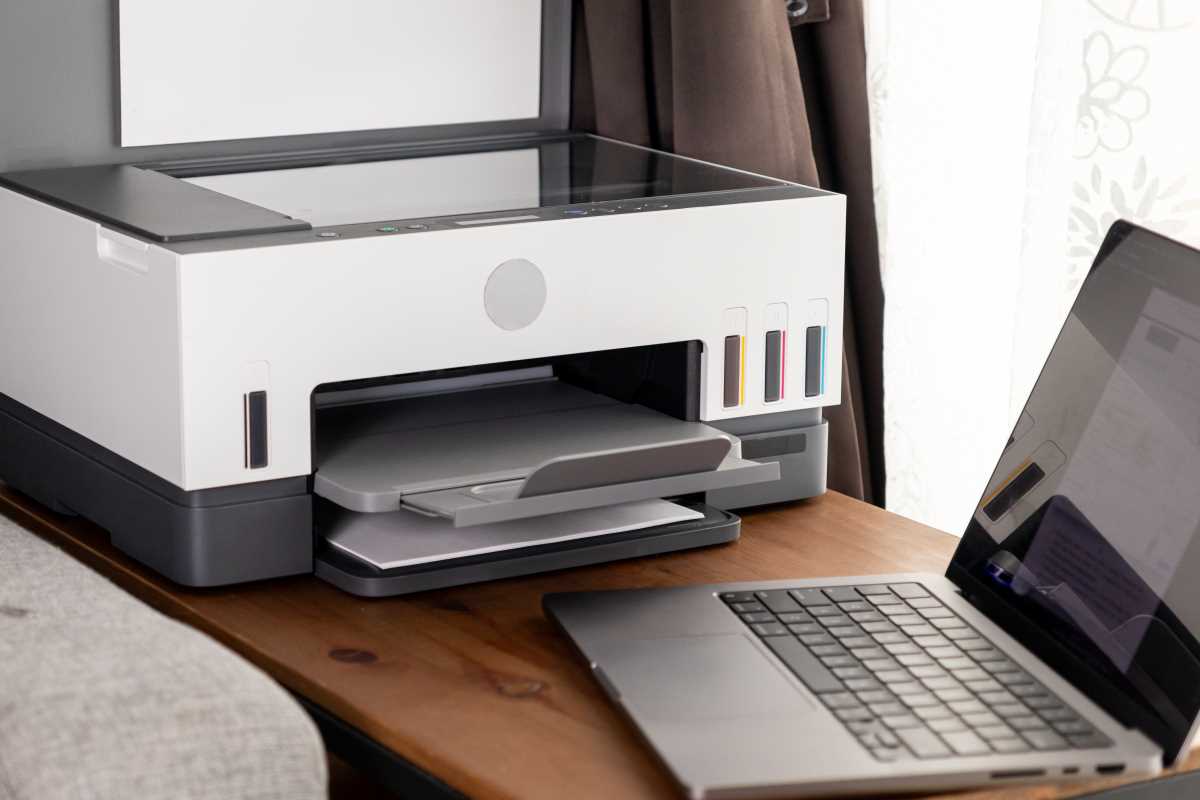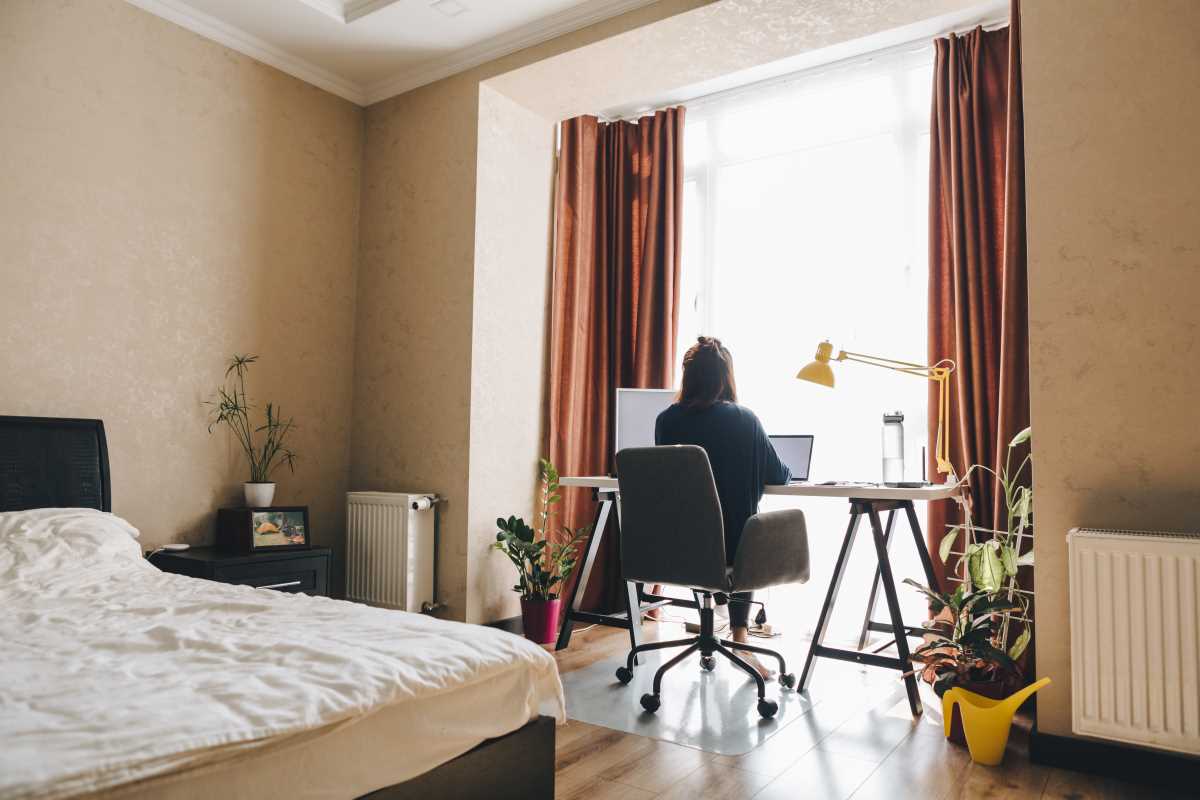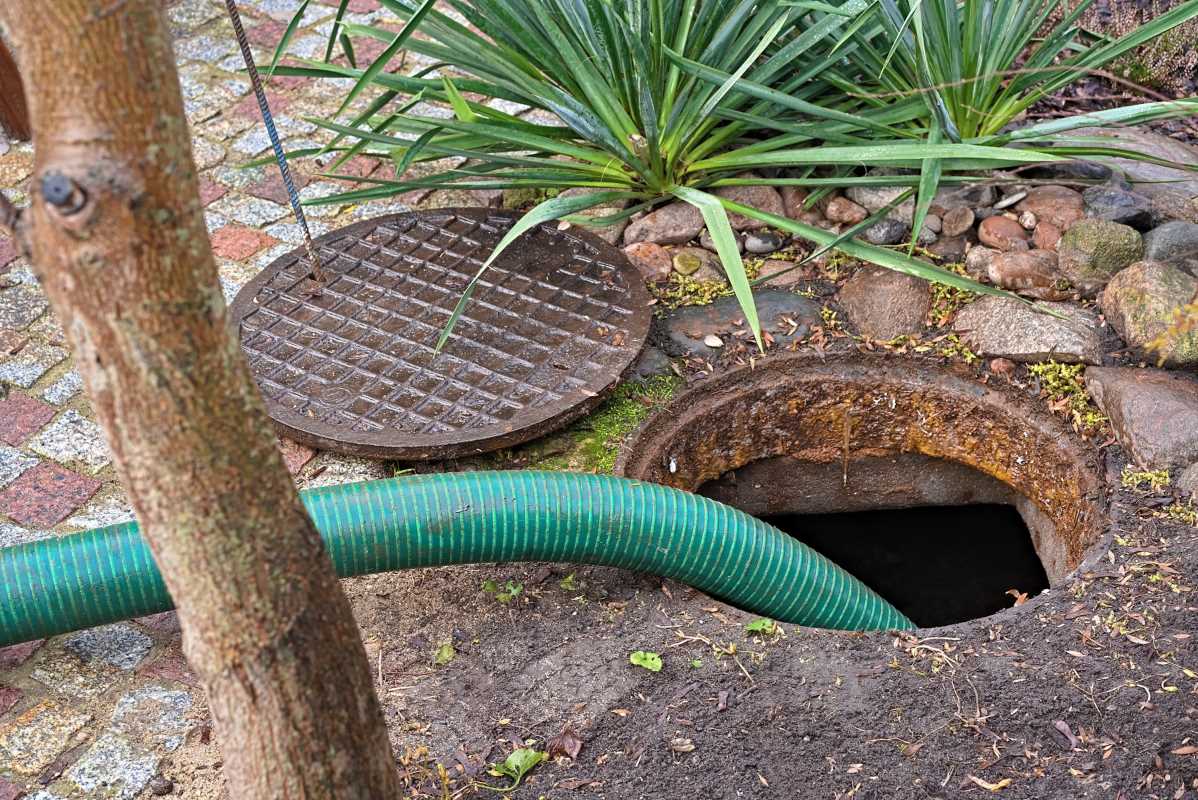A fireplace can bring warmth and charm to a home, but it also comes with responsibilities that go beyond stacking wood and lighting a match. Over time, soot, creosote, and other debris build up in chimneys, and regular maintenance is crucial for ensuring they remain both safe and efficient. Failing to inspect and clean a chimney can lead to safety hazards, such as house fires or health risks from poor ventilation. By committing to routine upkeep, it’s possible to preserve the fireplace as a reliable centerpiece for comfort and safety. Understanding the benefits of chimney inspections and cleaning highlights why this task should never be overlooked.
Ensuring Fire Safety
The primary reason for scheduling regular chimney inspections and cleaning is to reduce the risk of fire. When a fireplace or wood stove is used, combustion byproducts like soot and creosote accumulate inside the flue. Creosote, in particular, is highly flammable and can ignite under high temperatures. Even a small spark from the fireplace can cause this residue to catch fire, potentially leading to a dangerous chimney fire.
A professional chimney sweep removes creosote buildup and other blockages, ensuring the safe flow of smoke and gases. An inspection can also identify structural issues, such as cracks in the liner or damage to the chimney cap, which could allow sparks to escape. These preventive measures protect the home by ensuring the chimney is functioning safely and effectively.
Improving Air Quality Indoors
A clean chimney doesn’t just safeguard against fire; it also plays an essential role in maintaining indoor air quality. When a chimney becomes clogged with soot, debris, or nests from birds and other animals, it can lead to poor ventilation. Without proper airflow, smoke and harmful gases like carbon monoxide may back up into the home.
Carbon monoxide, often called the “silent killer,” is colorless and odorless, making it particularly dangerous. Regular chimney cleaning clears blockages and ensures that smoke and gases are properly vented to the outside. Alongside maintaining air quality, this practice reduces the risk of potentially life-threatening health issues.
Enhancing Heating Efficiency
An efficient fireplace or stove delivers maximum warmth with minimal waste, but a neglected chimney can interfere with this balance. When blockages or heavy soot buildup obstruct the flue, the combustion process becomes less efficient, requiring more fuel to produce the same level of heat. This inefficiency not only wastes resources but can also lead to higher heating costs.
By keeping the chimney and flue in good condition, airflow improves, allowing for better heat output and fuel efficiency. Regular inspections and cleanings ensure the fireplace operates as it should, providing consistent warmth while reducing the strain on resources and household budgets.
Preventing Costly Repairs
Chimney maintenance is an investment that pays off by preventing more significant, costlier issues down the line. Over time, exposure to weather, moisture, and temperature fluctuations can cause structural damage to the chimney. Issues like cracked masonry, deteriorated liners, or damaged caps may start small but can escalate if left unaddressed.
Routine inspections catch these problems in their early stages, when repairs are typically less expensive and easier to manage. Cleaning helps prevent moisture-related damage. Excess moisture trapped by debris or a damaged cap can lead to rusted components and weakened masonry. Proactive care preserves the structural integrity of the chimney while avoiding expensive emergency repairs.
Complying with Insurance Requirements
Many homeowners’ insurance policies require regular chimney inspections as part of their coverage conditions. This is because unmaintained chimneys are often linked to house fire claims. Failing to provide evidence of upkeep may result in complications with insurance coverage should a fire or damage occur.
Scheduling annual inspections and saving documentation of professional cleanings not only ensures compliance but also offers peace of mind. It demonstrates that steps are being taken to prevent hazards, supporting claims if any unforeseen issue arises.
Extending the Lifespan of the Chimney
Like any part of a home, chimneys benefit from regular care that extends their lifespan. Neglect can lead to wear and tear that shortens the chimney’s overall durability. For instance, prolonged exposure to creosote can corrode metal liners, while unaddressed water damage weakens bricks and mortar joints, causing them to crumble over time. Once the structural integrity of the chimney is compromised, major repairs or even full replacements may be necessary.
Keeping up with inspections and cleanings ensures that small issues are resolved before they develop into larger, more costly problems. This upkeep extends the life of the chimney, making it a dependable part of the home for years to come.
Supporting Environmental Responsibility
A clean and well-maintained chimney contributes to more environmentally friendly heating practices. Efficient combustion reduces the amount of wood smoke released into the atmosphere, minimizing the home’s environmental impact. Reducing creosote buildup lowers the risk of flue blockages that can lead to incomplete combustion, which produces more pollutants.
Using a properly maintained fireplace or stove not only supports better indoor conditions but also promotes responsible environmental stewardship. It ensures that heating choices align with sustainable practices whenever possible.



